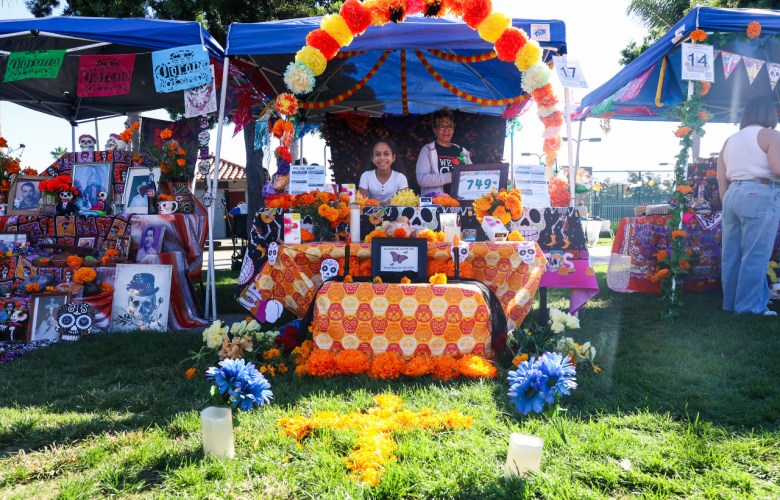Boxed wine is experiencing a remarkable resurgence, shedding its reputation as a low-quality beverage and appealing to a new generation of consumers. Once dismissed as the drink of choice for college students, boxed wine is now recognized for its affordability, sustainability, and improved quality.
The shift in perception is evident in sales figures, with boxed wine sales in the United States exceeding $1 billion. Kristin Olszewski, founder and CEO of Nomadica, noted that after launching their boxed wine in 2022, it quickly accounted for 20% of their online sales within the first quarter. This trend is not limited to the U.S.; in France, boxed wine comprises 44% of supermarket wine sales, and the figure rises to over 60% in Sweden.
Changing Consumer Preferences
The evolution of boxed wine reflects changing consumer preferences, particularly among Millennials and Gen Z drinkers. Amy Ezrin, founder of Giovese Family Wines, stated that many younger consumers are drawn to boxed wine for its practical benefits, such as reduced waste and lower costs. “For decades, the market has been trained to see boxed wine as synonymous with the lowest quality,” Ezrin explained. “But the new versions have prettier packaging and offer better tasting products.”
Moreover, advancements in packaging technology have improved the quality of boxed wine. According to Amy Troutmiller, co-founder of Really Good Boxed Wine, the enhanced ability to prevent oxygen from altering the taste results in a superior product. Unlike traditional glass bottles, opened boxed wine can remain fresh for a month or more, catering to casual drinkers who may want a glass of wine without the commitment of finishing an entire bottle.
Sustainability and Economic Benefits
The sustainability of boxed wine is another compelling factor. Experts point out that bag-in-box packaging significantly reduces the carbon footprint compared to glass bottles. Ezrin emphasized this point, stating, “The box has one-tenth the carbon footprint of a single 750ml glass bottle of wine.” This environmental advantage resonates with consumers increasingly concerned about sustainability.
In terms of cost, boxed wine offers considerable savings. A typical box of wine, which is equivalent to three to four bottles, generally retails for under $25, while the average cost of a single bottle is around $13. This price point is particularly appealing during challenging economic times, as Olszewski noted, “Boxed wine offers an olive branch to drinkers looking to save money while still enjoying a delicious, high-quality product.”
The popularity of boxed wine is not solely driven by younger generations. Troutmiller revealed that the average customer for Really Good Boxed Wine is over 45, with strong sales among baby boomers as well. This broad appeal indicates a shift in lifestyle choices, where glass bottles may be impractical in certain social settings, such as outdoor events or shared living spaces with strict no-glass policies.
As the boxed wine market continues to grow, it is clear that the beverage is redefining itself. It combines quality, accessibility, and sustainability, making it an attractive option for a diverse range of consumers. The transformation of boxed wine from an overlooked choice to a sought-after product illustrates a significant shift in the wine industry, catering to modern preferences while maintaining affordability and environmental consideration.







